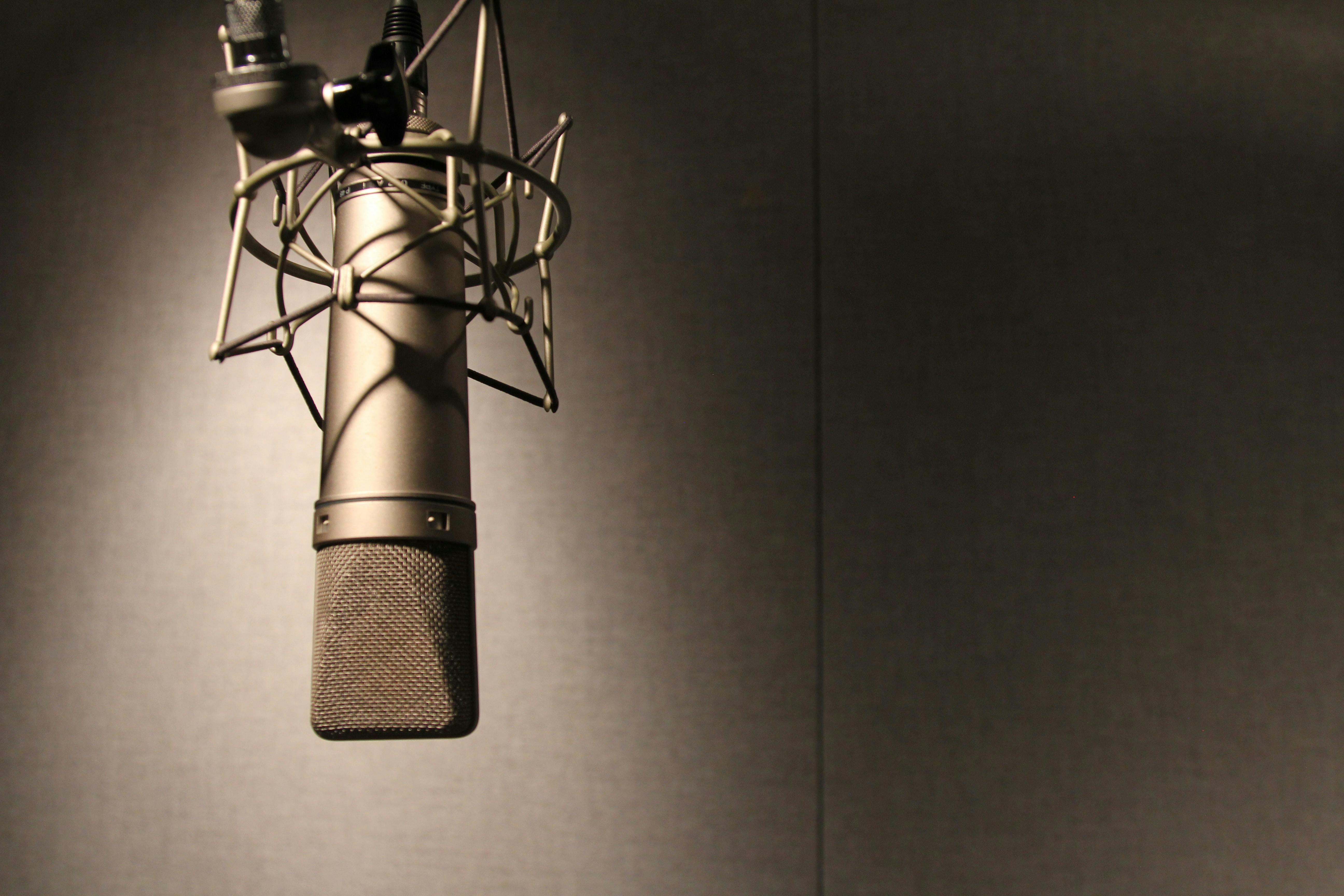
Nurole Guide: How the best boards operate
As part of our Future Global Leaders Programme, two experts on what makes good boards great.
What does a good board look like? How does it work? How does that work change during a crisis? And what gets in the way of effective board governance?
To get to the bottom of these very big questions we decided to ask the experts. So as part of our Future Global Leaders Programme, we held a virtual Zoom discussion with John Barton, an experienced board leader who is currently the chair of EasyJet, and Tracy Long, founder of Boardroom Review.The discussion was chaired by broadcaster Nick Ross and you can read and watch some of their fantastic insights below…
Why trust is vital in the boardroom: John Barton
What does a good board look like?
Tracy explained that when she goes into an organisation to assess its board, she is looking for a few key things. Her main focus will be the work the board does, its culture and dynamics and how well it uses the time it has together. “These three things are very connected, and if one of them doesn’t work very well then it affects the others,” she says. She then analyses both the NEDs’ knowledge and understanding of the organisation, how much access they get to key people, and their knowledge of the landscape in which the company operates.
She will also take into account operational resilience, training and development and attitudes to things like risk-taking and recovering from mistakes.
It’s very good to talk
“All boards,” John explained, “are about communication, both within the board and outside with stakeholders.” In particular, he said, “You must have connections into the business so you not only know what is going on, but feel what is going on through the executive.”
If the chief executive is reluctant to let you speak with their team directly, then John warns that is “a very big red warning sign.” “That means they are invariably hiding something or uncomfortable about something,” he says. “You should have access to anyone and you have to make use of that access.”
Good and bad board dynamics: Tracy Long
Go slowly (but not too slowly)
Tracy remembered that when she first started joining boards, the advice for newcomers was not to say anything for the first year. “I thought, why am I there? What is really the point?” John agreed that silence is not golden. “There is nothing as a chairman more frustrating than NEDs who arrive and say absolutely nothing at all. A new NED is on a voyage of discovery and you can’t discover anything if you don’t ask questions.”
By asking questions rather than arriving with fully-formed plans or sweeping opinions, new NEDs can immediately contribute to board discussions, while learning as they go.
Need to know
When it comes to specific knowledge of the organisation and the industry it operates in, good boards combine expertise and experience with new ideas. ”It's a balance of getting enough knowledge to be able to understand the drivers of an industry with enough diversity to be able to look at things in a fresh way,” Tracy explained.
John went even further. “I knew nothing about ladies’ fashion when I joined Next but it wasn’t my job to know if dogtooth was going to be a trend.”
The clue is in the name non-executive
Both panellists had seen problems arise when NEDs with backgrounds as executives failed to grasp the difference between the two roles and the expectations of each.
"As an executive you do things. When you are a NED, you are watching other people do things and your job is to support them,” John says. “You mustn’t feel that it’s your job to run the company. You have to learn the language of support. The language of curiosity. Some people make that transition easily, but some people, particularly chief executives who are used to their own domain and making all the decisions, can find it quite difficult to go onto another board and not adopt the same role.”
Go easy on comparisons
A real challenge comes when a new NED comes onto a board and “constantly refers back to the way something was done in their old company,” Tracy explains. “The thing about group psychology is that people are labelled very quickly, almost instantly. And it’s very hard to unlabel so it’s about being able to read the room.”
First impressions in the boardroom: Tracy Long
The value of a good chair
The role of the chair on any board is crucial, as you might expect. Tracy said that “empathy and EQ” were very important characteristics, for chairs to be able to build a “shared perspective, either for the short or the long term.” She also highlighted time – chairs need to be able to reach out to their board members and have proper conversations, especially during a crisis. Very busy chairs with lots going on elsewhere in their lives will struggle in this respect, she pointed out.
Good chairs don’t shy away from tough conversations. They need to be willing and able to tackle the chief executive when necessary, and to sit down with board members who are underperforming. Not doing so leads to tension, drift and often a breakdown in board dynamics.
How boards communicate: John Barton
Make difficult decisions
“Once the NEDs have lost confidence in someone then it’s their job to act,” Tracy says. “There’s always a tipping point.” This can be especially tricky if the company has been performing well, she admits. “NEDs tend to be blindsided by long-term success. The chief executive and those around them start to feel like they can walk on water, but the fact is that nobody can, or they can’t for very long.”
This often goes hand-in-hand with a cult of personality around an executive who seems irreplaceable. Directors need to avoid that “trap” and “get into the mindset that people can and should be replaced.”
How to tackle a crisis
In a crisis, John says, it’s vital to focus. “The only thing that matters is survival, and that really does change your optic,” he says. At EasyJet the board has broken into smaller teams to address the many challenges posed by the Covid-19 outbreak, and John thinks this is a good way of working to allow for quicker, more flexible decision-making.
How boards handle a crisis: John Barton
“In a war analogy the executives are in a battle, the bullets are coming over their heads all the time and you have to change direction in a second when different threats emerge.” But if you do this then it’s imperative that all board members are kept up-to-date, he said. “Restructuring doesn’t mean leaving people on the outside.”
Tracy agreed that small groups are more nimble and agile. And she added that people often surprise you during tough times. “People who I think are not going to come to the fore in a crisis do, and people who I think are going to lead, sometimes can’t. It’s really interesting to see how people respond and it’s not always what one expects.”
Nurole is the global platform changing the way organisations bring the best people on to their boards. Find out how it works for talented people looking for the best board level positions, and for organisations looking to hire the best board level talent.






